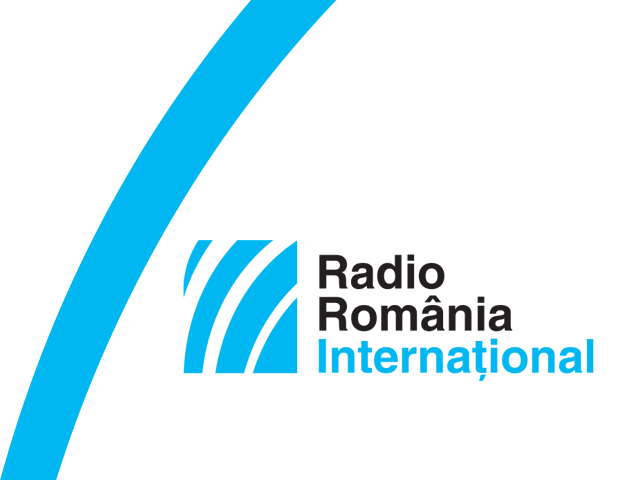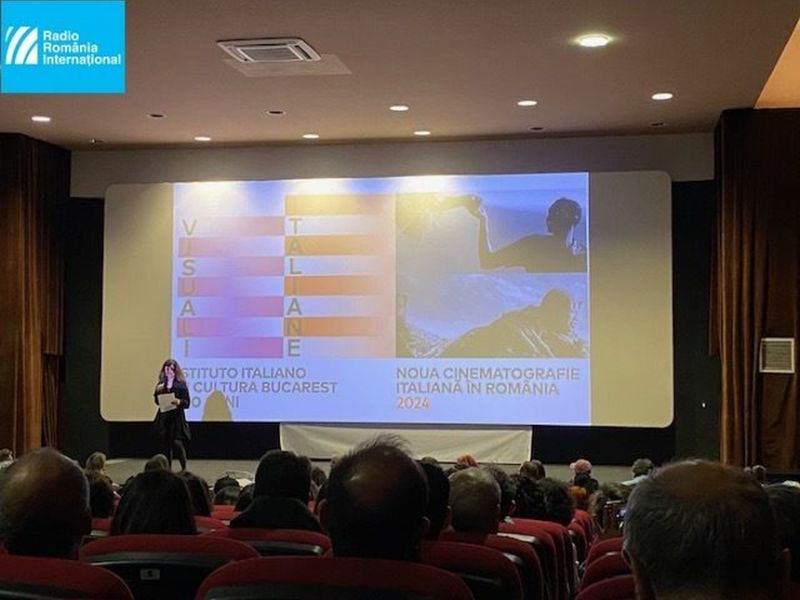The Museum of Modern and Contemporary Dance
The National Dance Centre staged an exhibition titled ‘The Museum of Modern and Contemporary Dance.

Luana Pleşea, 13.06.2015, 12:00
In preparation for the launch of the Romanian Dance Archive, the National Dance Centre in Bucharest has staged the exhibition titled ‘The Museum of Modern and Contemporary Dance. This is a unique initiative in Romania, aimed at drawing the audiences attention to the history of Romanian modern and contemporary dance. In the form of a dynamic installation of video screenings and unique archive documents, the museum covers the 1927-1996 period.
The name of Museum of Dance sounds a little bit pretentious, that is why reactions were quick to appear, even before the opening of the exhibition on June 5th. Here is curator Igor Mocanu with more:
Igor Mocanu: “It looks like the title has already reached its purpose, that of intriguing, of raising questions and stirring reactions, be they positive or negative. It was not us that invented this tradition though. Temporary museums have been organized before, like, for instance, artist Alexandru Ciubotarus Comic Museum. Artist Lia Perjovschi once said in an interview that she was working on a Museum of Knowledge. So, this precedent of the artist-institution or the concept-institution, of the museum as statement, not necessarily as an institution inside a building, was set some time ago. The reason why we gave this name to the exhibition hosted by the Bucharest Dance Centre was that of drawing the audiences attention to the absence of such an institution and to its necessity. A history of Romanian dance as such does not exist yet. Nobody has written it. It can be made up of several published books and documents in the centers archives, gathered in time, during various research projects and programs.
According to Igor Mocanu, the aim of the Museum of Modern and Contemporary Dance is not to cover landmarks in the history of Romanian dance. It just gathers unique documents about the activity of well-known or less known choreographers, whose value is to be established by the dance critics and historians.
Igor Mocanu: We have included in the exhibition footage from movies featuring dancers, such as Lisette Verea. In the 1930s, Lisette Verea was a variety actress, and a very good one. In Jean Mihails film The Ghost Train, which is a mystery film, there is a dance scene, a sort of foxtrot a la Fred Astaire, but adapted. Its a two minute sequence which is quite important to the history of dance. And when I say important Im not referring to its aesthetic value or the difficulty of the choreography, but to the archive value of the document. Paul Ricoeur used to say that all documents tell the truth about something. And this is what I mean when I say it is a very important document.
The Museum of Modern and Contemporary Dance installation – exhibition has three parts. One is that of reenactment of old performances. It features a show staged by Florin Fluieras and Brynjar Bandlien, “The Hammer Without a Master, based on the play of the same name by Stere Popescu, presented in Paris in 1965. The play sparked controversy at the time and divided the audience into supporters, who gave it standing ovations and opponents, who fiercely contested it. Only several minutes have been kept from the original play, reinterpreted by the two choreographers. There are also two reenactments after the photos with Lizica Codreanu taken by sculptor Constantin Brancusi in his studio in Paris in the 1920s. One of them is Vava Stefanescus reenactment from 1994, in a documentary about Brancusi by Cornel Mihalache. The second one is from March 2015 and features students with the “Floria Capsali Choreography High School in Bucharest, guided by their teachers Doina Georgescu and Simona Paraschivu.
Igor Mocanu: “The fourth part of the exhibition consists of four portraits of choreographers, namely Floria Capsali, Leria Nicky Cucu, Miriam Raducanu and Vera Proca Ciortea. The third part of the exhibition is a mini-cinema, a dance cinema, as we called it, with documents on display with and about Elena Penescu Liciu, Esther Magyar, the Contemp group of the 1990s and the Marginalii group, also from the 1990s. Leria Nicky-Cucu is present with an independent film shot at home, in her yard, back in 1993, entitled “Dance Entertainment, in which she is featured alongside her students and colleagues from a choreography studio that she was running at the time. In the film, she presents almost all choreographic practices of that time. There is also improvisation and character dance, classical dance and even an example of classical ballet with little ballerinas. The film ends, of course, with a traditional circle dance. Floria Capsali was part of Dimitrie Gustis team of sociologists and had to document the choreographic side of folk culture. The film screened at the National Dance Centre in Bucharest is an important document for dance history, even for the history of the modern and contemporary dance, because it is not about a folk dance but it is an aesthetic reconstruction, in the studio, with set designs and costumes. The choreographers style is clearly emphasized. Miriam Raducanus portrait is made up of four video documents. Two of them are quite well known, namely, the films she made in the 1970s for the Sahia Film production house, “Concerto Grosso and “In the Big Passage. Both are prefaced by two unique documents that we found at the National Film Archive. One is a sort of artistic soirée at the Zambaccian Museum, as the fashion of interdisciplinary museum openings had just been introduced. This is a very important document as it sets a date for the dance history and a type of dance which has become popular only recently, that is the art gallery dance.
Vera Proca Ciortea was a foremost choreographer, just like the other choreographers featured in the exhibition. She entered dance history coming from the rhythmic dance area. She became known as ethno-choreologist after the 1970s, especially abroad, as she wrote a lot about the Romanian folk dance. The type of dance created by Vera Proca Ciortea was defined by critic Liana Tugearu as a “Romanian rhythmic dance.





























